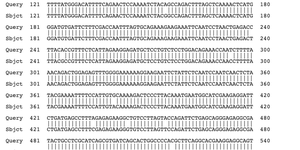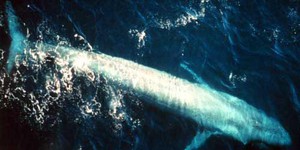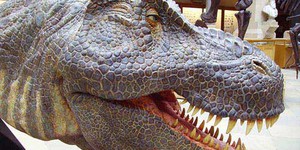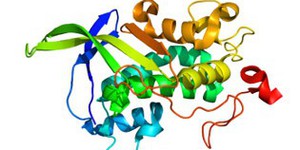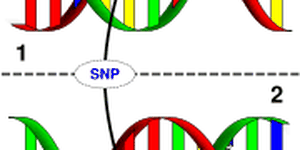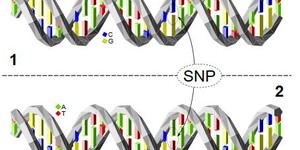Others Like “The Tree of Life – II (advanced)” (top 20 results)
|
The DNA in our cells contains our "blueprints," but it's the proteins in our cells that do most of the work. The Human Genome Project has allowed us to start reading the blueprints, but we still don't understand what most of the proteins do. This is a fairly advanced project that explores ways of identifying the function of unknown proteins.
Read more
Imagine that a biologist arrived at your big family reunion and had no idea who were sisters, cousins, aunts, uncles, etc., but tried to sort it out by how all of you look. Just based on how you look, would s/he be able to guess whether the kid standing next to you is your sister or your cousin? The biologist might be able to make some good guesses this way, but by using samples of your family's DNA, s/he could construct your whole family tree. In this project, you'll use a Web-based…
Read more
The first land animals took their tentative steps out of the ocean and onto solid ground around 365 million years ago. Over millions of years, these early ancestors developed into tetrapods, including amphibians, reptiles, dinosaurs, birds, and mammals. Then, around 50 million years ago, the reverse process occurred: the mammalian ancestor of today's whales returned to the ocean. In this genomics science fair project, you will use mitochondrial protein sequencing to trace the evolution of…
Read more
Believe it or not, scientists were recently able to recover tissue from a 68-million-year-old Tyrannosaurus rex fossil! Not only were they able to purify non-mineralized tissue, but they also succeeded in obtaining partial sequence information for protein molecules in the T. rex tissue. In this genomics science fair project, you will use the T. rex's protein sequence to search sequence databases for the its closest living relatives.
Read more
You have probably seen figures showing how human beings are related to chimpanzees, gorillas, and other primates. In this genomics science fair project, you will use bioinformatics tools to generate your own primate family tree.
Read more
Native plants are important for both ecological and medicinal reasons. However, most native plants are not very well studied. One way to know more about these plants is to understand which other species of plants they are most closely related to. In this science project you will sequence part of the chloroplast genome from a native plant and use this information to determine its evolutionary relationship to other species of plants. If the plant you chose has not been sequenced before, you can…
Read more
Scientists recently found that some small drugs can stop infection by the deadly Ebola virus in
its tracks. Lab researchers found that these drugs bind to a protein that the Ebola virus uses to enter
our cells, and this is how infection is prevented. However, this also means that the bound protein no
longer functions in our cells. How might these drugs accidentally disrupt important biological processes
in our bodies? What other proteins might these drugs bind to? In this science project,…
Read more
Woolly mammoths shook the ground of ice-age tundras for millennia, living next to saber tooth tigers and prehistoric man. Although they have been extinct for thousands of years, scientists continue to learn more and more about this mighty animal. Some of the most exciting new research is being produced by looking at DNA extracted from the hair and bones of woolly mammoths entombed in ice. In this genomics science fair project, you will use bioinformatics tools to determine the woolly mammoth's…
Read more
Find out the real explanation for why your parents are so weird! Here is a science project that lets you explore the internet to find out why your "DNA blueprint" is so important to health and disease. In this science project, you will use methods that bioinformatics and biotech scientists perform on a daily basis to decipher the human genome in their efforts to diagnose and treat genetic diseases.
Read more
Our genes are made up of hundreds to millions of building blocks, called DNA nucleotides, and if
just a single nucleotide of DNA becomes mutated it might cause a devastating genetic disease. But
sometimes a mutation actually does no damage. What kinds of mutations have to occur to cause a genetic disease?
In this science project, you will explore online genetic databases to identify how a mutation in a gene
can result in a dysfunctional protein, and how other mutations may have no effect…
Read more
|
Explore Our Science Videos
Race Through Space with Gravity Assist Maneuvers
Build a Self-Driving Arduino Car
Build a Solar-Powered Car for the Junior Solar Sprint


